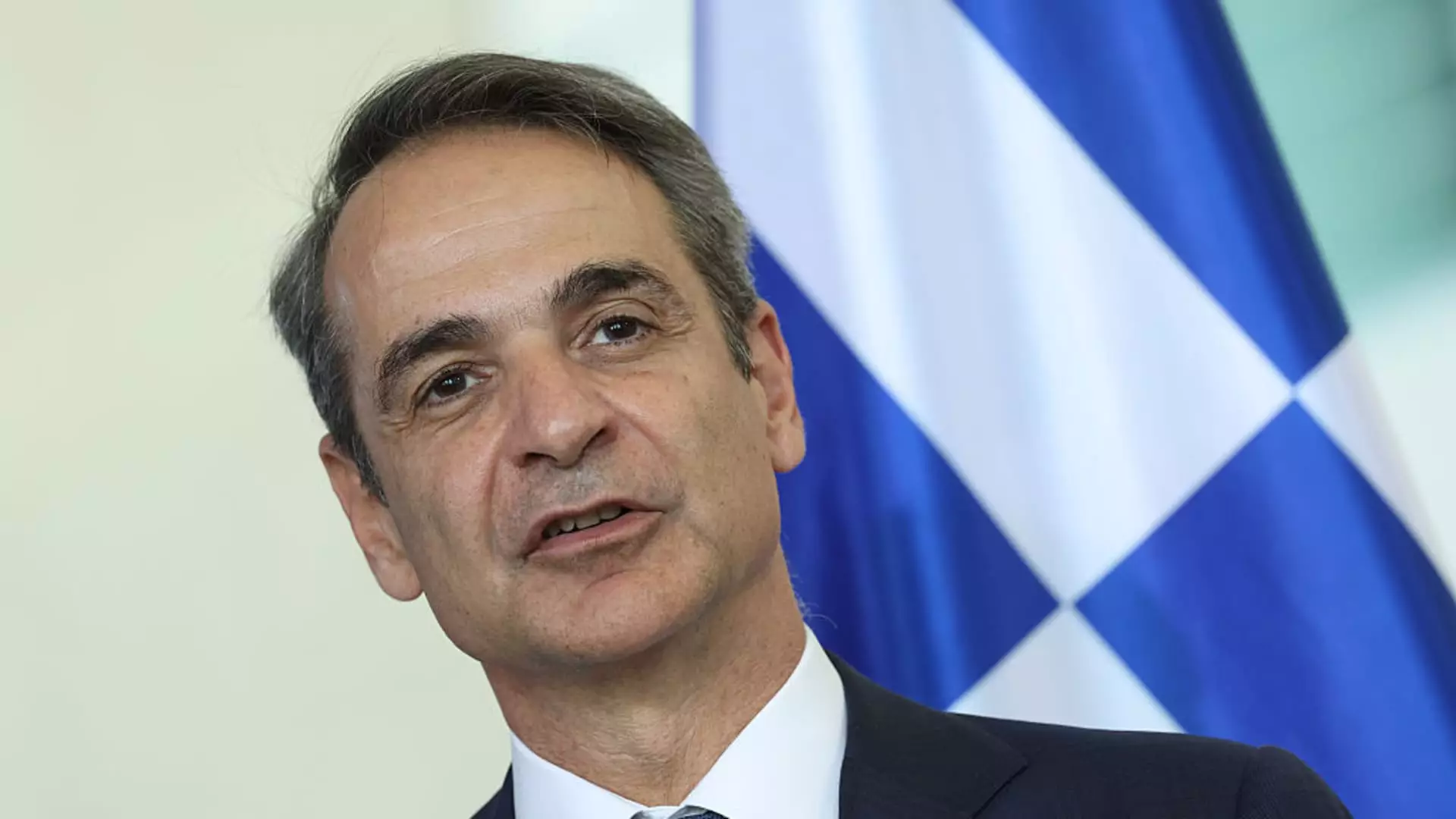The dialogue surrounding NATO’s defense spending has been an echoing debate, especially in light of U.S. President Donald Trump’s stark demands for member states to up their contributions to 5% of their gross domestic product (GDP). This goal, particularly highlighted by Greece’s Prime Minister Kyriakos Mitsotakis, has been met with skepticism, emphasizing the impracticality of such a target. Arguably, Mitsotakis’s stance provides a compelling critique backed by the realities faced by many NATO nations grappling with financial constraints and intricate geopolitical landscapes.
The Reality of Defense Budgets
In a candid interview with CNBC, Mitsotakis stated, “I think 5% frankly, is very, very difficult,” signifying a recognition of the economic and political realities that bar NATO from meeting Trump’s ambitious directive. The 3.5% mark that Mitsotakis suggests may serve as a more achievable goal reflects a more grounded understanding of national budgets and the need for comprehensive defense spending strategies. It emphasizes a crucial point: that pure military spending is only one aspect of a multifaceted security infrastructure.
As it stands, many NATO nations are still struggling to meet the current 2% target, which itself has been a source of tension among members. The discrepancy in defense spending isn’t merely a fiscal issue; it signifies a broader conversation about commitment to collective security and the political will behind these financial commitments. The European leaders’ hesitance to commit deeply into Trump’s proposal showcases the divide between American expectations and European capabilities—a divide that cannot be overlooked in strategic discussions.
European Approaches to Security Needs
Mitsotakis further highlighted a critical nuance: the potential for the 5% target to encompass broader security-related expenses, beyond hard defense spending. This perspective is crucial; it posits that effective security is not merely about military expenditure but also includes critical infrastructure, intelligence, and cybersecurity. This multi-dimensional approach to defense spending reflects a growing awareness that the threats faced today are diverse and require comprehensive strategies that transcend traditional military frameworks.
While there exist voices like that of Dutch PM Mark Rutte, advocating for an increase to 3.5% for direct defense, coupled with additional investments in security initiatives, there remains a pervasive caution among European leaders. The need for a robust military presence must be balanced with domestic needs, economic pressures, and broader EU fiscal restrictions. Simply put, the reality is that defense budgets cannot grow in a vacuum; they are invariably intertwined with the economic health of the nation.
The Price of Security
NATO’s cumulative historical behavior has led to complacency among member states regarding defense expenditures. Mitsotakis astutely pointed out that “we cannot free ride,” acknowledging that the geopolitical climate necessitates active investment rather than passive reliance on stronger nation-states. Greece has already surpassed the 2% mark for defense spending, primarily due to its long-standing tensions with Turkey. Such regional dynamics underline the varied motivations behind defense budgets across NATO countries.
The stakes are rising, and it’s critical for European nations to foster a more transparent discussion regarding their defense capabilities and strategies. Such dialogue must also entail a reevaluation of EU fiscal rules, which have traditionally constrained defense spending. The European Commission’s tentative steps towards easing these fiscal constraints could pave the way for enhanced military readiness across the continent.
Navigating the Path Forward
It is becoming increasingly evident that NATO needs to transcend outdated expectations regarding defense spending, particularly when engaging in discussions about future fiscal requirements. As political tensions simmer globally and the security landscape evolves, adapting defense strategies will require not just financial commitment but intellectual engagement on all levels. The upcoming NATO summit presents a pivotal opportunity for member states to recalibrate their priorities, balancing the demands of collective security against the stark realities of their domestic economies.
Ultimately, the crux of the matter is not solely about hitting arbitrary spending targets, but rather about crafting a coherent and unified strategy that acknowledges the complex and interwoven nature of contemporary security threats. Only then can NATO truly fulfill its role as a bastion of defense in an increasingly perilous world.


Leave a Reply